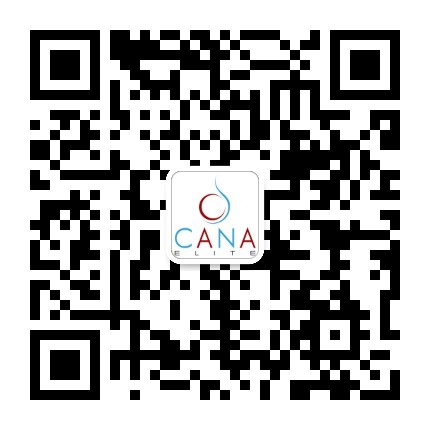Parents choosing an international school for their children often have a question: should their children study the General Certificate of Secondary Education or International Baccalaureate Middle Years Programme curriculum?
Clarifying some basic concepts of the two curricula is essential before deciding.
The GCSE curriculum is what local British secondary students study. IGCSE and GCSE differ in the "I," which stands for "International."
The IGCSE is the GCSE curriculum offered to secondary students in schools outside the UK, allowing these students to take the GCSE exams even though they are overseas.
Typically, IGCSE students are in Year 10 to Year 11.
After completing the curriculum, they can choose to progress to A Level, International A Level, or the International Baccalaureate Diploma Programme.
In Hong Kong, most schools under the English Schools Foundation, the Singapore International School, and some Direct Subsidy Scheme schools - such as the HKBUAS Wong Kam Fai Secondary and Primary School - offer the IGCSE curriculum.
The IBMYP is a secondary curriculum designed to prepare students for the IBDP preparatory course.
The IBMYP is primarily for students in Years 7 to Year 11, and the curriculum typically lasts for five years. However, some schools offer a four-year curriculum, depending on the individual school.
Schools that offer the IBMYP in Hong Kong include Renaissance College, Canadian International School, Victoria Shanghai Academy and Chinese International School.
The two curricula differ significantly in content, public examinations, and course framework.
The IGCSE or GCSE curriculum covers various subjects, with schools requiring students to study six to 12 subjects; some students may study 13 to 14 subjects, depending on the student's ability and the school's requirements.
In Hong Kong, IGCSE students commonly study English language, English literature, mathematics, additional mathematics, physics, chemistry, biology, geography, history, economics, business studies or psychology.
After completing the two-year IGCSE or GCSE curriculum, students will take public exams according to the number of subjects studied.
Each subject will have a grade. The grading standards and methods may differ according to different examination boards.
Still, the principle is the same: the highest score starts with an A*, followed by A, B, C, and so on, or starting from 9, followed by 8, 7, 6, and so on. Generally speaking, 9 and 8 are equivalent to an A*.
In their IGCSE or GCSE exams, students applying to top universities typically need six to 12 subjects at A*.
The IBMYP comprises eight subject groups: language acquisition, language and literature, individuals and societies, sciences, mathematics, arts, design, and physical and health education.
Language and literature are compulsory subjects, with a primary focus on literature. Individuals and societies cover geography, economics and history, but they are less in-depth than the IGCSE curriculum.
IBMYP public exams started in 2016.
For students who would be taking the externally assessed MYP exams, eight subjects shall be covered. Each subject scores 7 points, with a total score of up to 56 points.
The IBMYP public exam grading criteria are mainly divided into two parts: the first part is the On-screen examination (computer-based tests), a kind of e-assessment where students answer questions on a computer; the other part is called e-portfolio, where students submit portfolios or research projects.
Although the IBMYP also has public exams, its academic rigor could be less robust than that of the IGCSE: the IGCSE public exam covers a wide range of content in each subject and is more in-depth.
Additionally, IBMYP public exams are not mandatory; schools offering the curriculum can choose whether to let students participate.
Some schools decide not to let students take these exams, leaving it entirely up to the school to determine.
https://www.thestandard.com.hk/section-news/fc/4/261827/Which-secondary-school-program-is-better-for-my-child?



